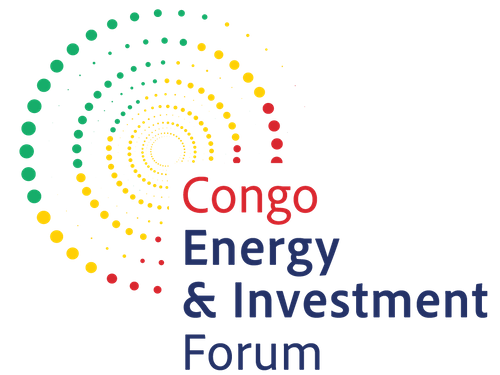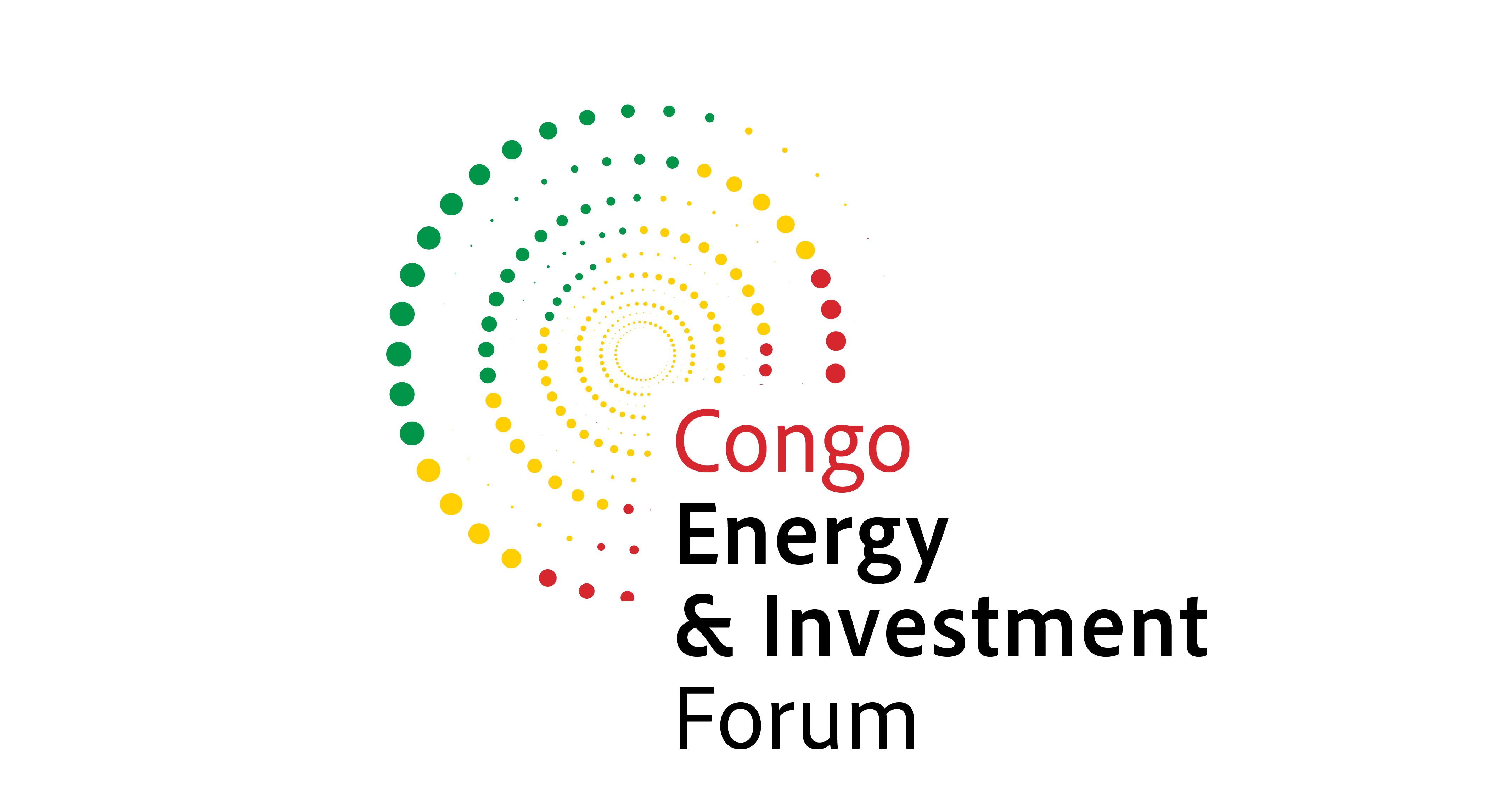Congo’s Gas Sector: A Gateway to Investment, Energy Expansion
)
The Congo is home to an estimated 10 trillion cubic feet (tcf) of proven gas reserves, primarily located in offshore fields such as Litchendjili, Néné, Minsala and Nkala, within the Marine XII license operated by Eni’s Congolese subsidiary. To harness these resources, the Congolese government has implemented a series of initiatives and incentives to define a natural gas strategy. As a result, Congo’s growing natural gas sector offers multiple investment opportunities for international players interested in gas-to-power projects, pipeline development, exploration, production and power generation and transmission.
Fueling Investment through Strategic Development
With substantial recoverable reserves in fields like Marine XII, Nkossa and Banga Kayo – containing approximately 95 billion cubic meters (bcm), 1.3 tcf and 893 bcm, respectively – Congo’s natural gas sector has become a highly attractive investment opportunity. The sector is supported by key infrastructure, such as the 3.7-million-cubic-meter-per-day Côte-Matève Onshore Processing Plant and gas pipelines connecting critical assets. Ongoing developments, including FLNG plants and re-injection strategies at the Nkossa and M’Boundi fields, ensure a stable supply of natural gas for domestic power generation and future export potential.
Both new and existing oil and gas producers in Congo are committed to supporting the country’s efforts to increase investment and boost output. Last year, energy companies Unite Oil & Gas and ARIES Energy launched Bomoko Energy to acquire and develop local hydrocarbon assets. Additionally, in August 2024, Turkish power company Aksa Enerji announced plans to increase production at the Djeno gas-to-power plant to 100 MW. The upgrade will include the addition of two 25 MW turbines and the rehabilitation of the plant’s two existing turbines, each with a 25 MW capacity.
Leveraging Natural Gas to Fuel Energy Expansion
While Congo has traditionally relied on crude oil production, natural gas – especially associated gas produced alongside crude oil – presents an opportunity for new export revenues and enhanced energy security. Last year, TotalEnergies announced plans to invest $600 million in its Moho Nord field, aiming to increase oil output by 40,000 barrels per day while monetizing associated gas. The company is also focused on exploration in the Marine XX permit and anticipates new discoveries in 2024 with the arrival of two drilling rigs in May.
Meanwhile, independent hydrocarbon producer Perenco’s Tchendo 2 mobile offshore production unit recently began generating power from three newly installed gas turbines. With a combined output of 27 MW, the turbines, fueled by up to 10 million cubic feet of gas per day, are powering operations and freeing up part of the country’s energy network for local use. Perenco is also set to start seismic activities on its Tchbouela II, Tchendo II, Marine XXVIII and Emeraude permits in the coming months.
Chinese operator Wing Wah is developing the onshore Banga Kayo block to capture flared gas for domestic use. The first phase of the project aims to produce about one million cubic meters of gas per day, with output expected to increase fivefold in 2024. This initiative will provide a stable gas supply for Congo and support upcoming gas-to-power projects.


